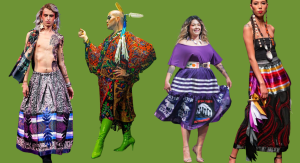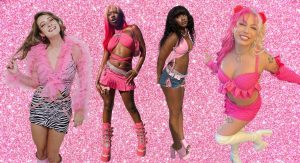all things Apocalypse


Boulder’s Secondhand Icons
Last month, I penned an article for Boulder Lifestyle Magazine all about the amazing characters in our resale community who have truly inspired me. These creative change-makers are all about secondhand, community, and making a difference. Read on for the full story, and thank you for being the heartbeat of the secondhand movement.

The Gender Revolution
Hey Hey Hey Guys, Gals, and Non-Binary Pals! It’s us again, the Apocalypse queers from over yonder on Pearl St. Summer is on the horizon and we are manifesting Miu Miu mini skirt glory for our sunny weather walks 😍 Speaking of Miu Miu, it’s time to talk FASHION. We

Bimbocore – A Feminine Reclamation
Hey B-word! Not that b-word… I mean Barbie! Duh!How are we feeling about the movie? Have you gotten a chance to see it yet? No spoilers here, but I just have to say the costumes truly exceeded my expectations. Barbie month is coming to an end, but our bimbo era is just getting started. What better way to
De-Gendering Fashion
As anyone who has ever seen a Medieval painting, or an ancient statue, you may be familiar with the history of people (including men) in robes, dresses, and skirts. Like, duh. The most comfortable, breathable, simple way to clothe oneself!
The Intrepid Fashionista’s Guide to the Internet
Today, I wanna talk about being a PERSON on the INTERNET. God, it’s so embarrassing, isn’t it? To have to interact with the whole world in a way that looks authentic but not too real and also be served up a platter of advertisements that serve as subconscious mind-foods until
The Sustainability Paradox
Today, we’re talking about the S word. You know… s************y. Yes, we’re talking about sustainability. Or more specifically, the paradox of sustainability in fashion. To do this, we first have to define what sustainability *really* is. As consumers have increasingly shifted their preferences towards products that are organic, recycled, or


